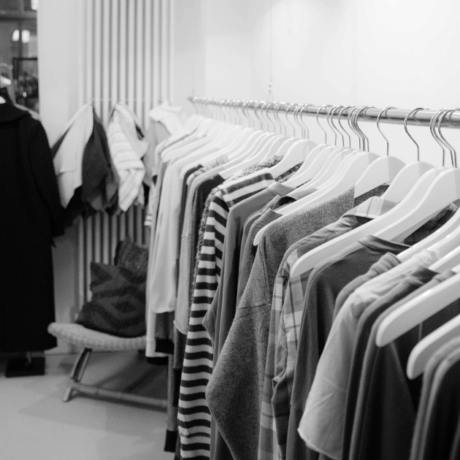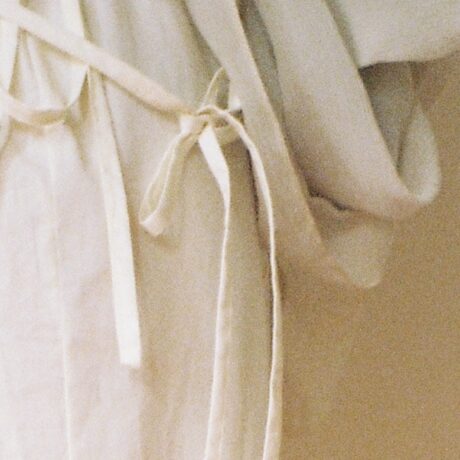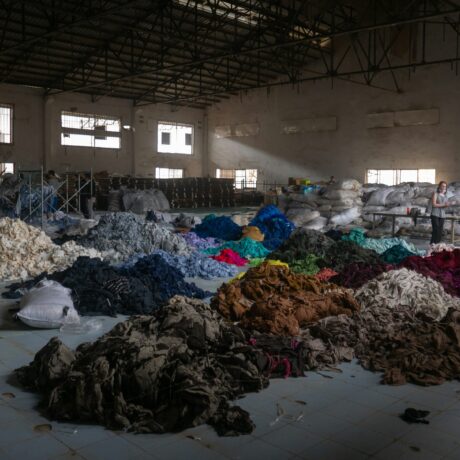What Is Regenerative Fashion?
This is a guest blog post by Ismay Mummery, founder of Boy Wonder.
You may have come across the word ‘regenerative’ combined with agriculture, but what is regenerative fashion? Why is it the latest buzzword and which fashion brands are doing it?
How Does Regenerative Agriculture Relate To Fashion?
The fashion and textile industry is heavily reliant on our agricultural systems, from land producing cotton crops to sheep producing wool. Cotton, for example, is the most used fibre in the world and uses 2.5% of the worlds agricultural land while also consuming huge amounts of pesticides and herbicides. This puts enormous stress on water in dry areas, uses up valuable land that could be producing food and is extremely harmful to the environment.
Regenerative agriculture or agroecology is about working in harmony with nature using Indigenous ecological knowledge. It utilises various techniques such as crop rotation, low to no tilling, cover crops and intercropping and natural compost. These all help to draw down carbon, enhance biodiversity, enrich the soil and improve water systems. It is an ancient, nature-based solution to climate change and helps land that has become degraded to regenerate and flourish.
“Regenerative agriculture represents more than a shift of practices. It is also a shift in paradigm and in our basic relationship to nature.” Charles Eisenstein
This restorative system is being invested in by fashion brands as they work to address their environmental impacts and become climate positive rather than just carbon neutral. Some brands also use regenerative fashion to provide greater traceability with a ‘farm-to-closet’ concept in the same way the food industry has done. The idea being that customers can trace their garments back to the farm that grew the material.
View this post on Instagram
How do I Know If It’s Regenerative?
Many brands are investing heavily in land for regenerative agriculture to grow their materials, or working with companies such as Fibreshed to access materials that have been regeneratively grown. These include big names like Gucci, North Face, Eileen Fisher, Vans, Patagonia, Timberland, Stella McCartney and Reformation, in addition to small businesses like Laura’s Loom, Bristol Cloth, The Trace Collective, Rawganique, Story MFG and Solai.
“Regenerative practices are at the top of mind for many brands right now as they can offer a pathway towards addressing GHG emissions. Additionally, in some cases these practices go beyond reductions and provide a pathway for carbon sequestration” Claire Bergkamp, COO Textile Exchange
Most brands only have selective stock that has come from regenerative sources, but targets indicate this will increase over time. One certification to look out for is Regenerative Organic Certified (ROC). Regenerative fashion may also be marked as ‘Climate BeneficialTM’ which is certified by Fibreshed or it may simply just be labelled as regenerative. However, we know that fashion brands love to greenwash so always check out that their claims are substantiated and ask #WhatsInMyClothes.

Further Reading
Brands are adopting regenerative agriculture. Is that a good thing?
Regenerative Fashion: What it is + 9 brands paving the way forward
Regenerative fashion to help the planet








